I was just seeing this example to write a code in different way for denoising using CSR(centralized sparse representation). But in that example, i got few lines, I don't know why they had used this lines =>
lines are below =>
1)
face = face[::2, ::2] + face[1::2, ::2] + face[::2, 1::2] + face[1::2, 1::2]
face /= 4.0
2)
data -= np.mean(data, axis=0)
data /= np.std(data, axis=0)
